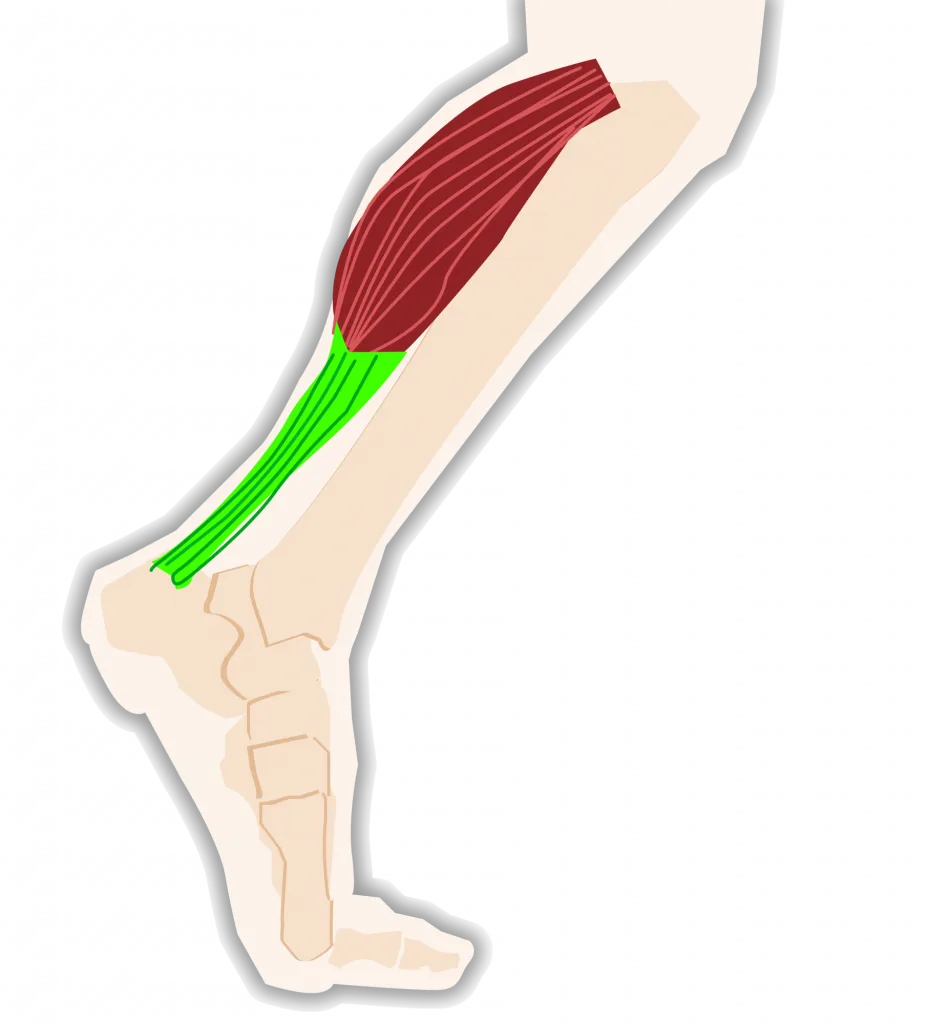Have you suffered a calf muscle injury?
Calf muscles often become injured during sports activities, when you need to use your legs to gain extra bursts of speed. Due to the large amounts of people who participate in strenuous actions, calf muscle injuries have become common, and people often find themselves searching for remedies.
So, how do you treat a strained calf muscle? Below, we’ll go into our top 7 tips for improving your calf muscle injury and further your progress on the road to recovery!
Keep reading to learn more!
1. Make Sure It Doesn’t Require a Doctor
As soon as the injury happens, do a quick assessment. Concentrate on determining whether or not you believe the injury is just muscular or if there is a further injury at play. If you heard any popping or snapping, for instance, you might be dealing with a fracture rather than a pulled muscle.
If you believe you have a fracture or other injury, see your doctor as soon as possible. Even if it ends up being just a calf muscle injury, your doctor will be able to diagnose it and give you treatment recommendations.
If it is just a calf muscle injury, you don’t need to see your physician and can attempt treating it at home. Should you try at-home treatments and not experience any improvements, you should schedule a doctor’s appointment.
2. Use Wraps and Bandages
One of the principal symptoms of an injured calf muscle consists of swelling and inflammation. To combat these, you should purchase bandages and wraps and wind them around your injury.
You can also use a compression sock.
The pressure on the injury keeps the inflammation and swelling at bay, which alleviates some of your discomforts as you heal.
3. Use Ice
Ice also helps calm an injured muscle, reducing inflammation and irritation. As such, you should hold an ice pack to the injured area for at least 20 minutes every hour.
Ice packs are often available for purchase at supermarkets. Yet, if you don’t want to spend the money, you can also make them at home. Simply fill a bag with ice, zip or tie it shut, and cover it with a cloth to make it less shockingly cold against your skin. Then, press it against your calf and hold it there.
4. Keep Your Leg Elevated
Whenever possible, keep your leg elevated to keep the swelling down. You may prop your leg up using the arm of a couch, a stack of pillows, or rolled-up towels.
When you sleep, arrange yourself so that your leg remains elevated throughout the night. Try sleeping on your back first, propped up by a few pillows. You should keep your leg higher than your heart so that the blood flows downward.
If this is too uncomfortable, maneuver yourself onto your side, keeping the injured leg on top and elevated.
5. Rest After a Calf Muscle Injury
Our bodies always heal more quickly when we rest. Taking time for relaxation gives our bodies’ natural abilities to heal some time to fix the problem without incurring any additional wear and tear.
Yet, you may feel that you don’t have enough time to rest. After all, you have responsibilities at work and around the house, and you may even have other people depending on you.
Still, not resting delays your recovery and runs the risk of exacerbating your injury. This might render you in pain for longer than necessary.
As such, rest is a necessity during the post injury phase. If needed, take some time off from work and cancel plans, or sit down and consider when you will be able to get some rest. Consider altering some of your tasks so you can do them sitting down, and call on friends or family to help you complete more intense tasks.
6. Do Stretches
When you half a strained calf muscle, performing stretches expediates the process of alleviating your pain and getting your muscle back to its normal functioning.
But what types of stretches should you do?
First, try doing a wall stretch. Facing one of the walls in your home, place your injured leg about a step behind your uninjured one. Brace your palms flat against the wall with your elbows bent. Straightening your back leg and maintaining good posture, bend the front one and lean forward, creating a stretch in your affected calf.
If this doesn’t work, find a curb or a set of stairs. Standing on the elevated edge, maneuver so that your heels hang over the edge, ensuring you are not in danger of falling. Then, lift your heels until you are on your tiptoes. Then, lower them again, stretching out your calves.
Many people use massagers to alleviate muscle pain. Read percussion massager reviews here!
7. Take Pain Medication
Finally, take over-the-counter pain and anti-inflammatory medication. These pills will reduce the pain you must go through as you recover and helps stave off swelling.
They are available in most pharmacies, and you don’t need a doctor’s prescription to obtain them. Most people prefer medications such as ibuprofen or acetaminophen.
It’s important to still rest even after the pain medication reduces the amount of your discomfort. Sometimes, people find that the medications only temporarily dull the pain, so be careful not to put too much stress on your injured calf.
Want More Advice?
So, are you ready to treat your calf muscle injury?
When you have hurt your calf muscle, the pain and the recovery process might seem overwhelming. Yet, by following the advice listed above, you have the opportunity to expedite your recovery and relieve your discomfort.
Want more life advice? Check out the rest of our articles today!







